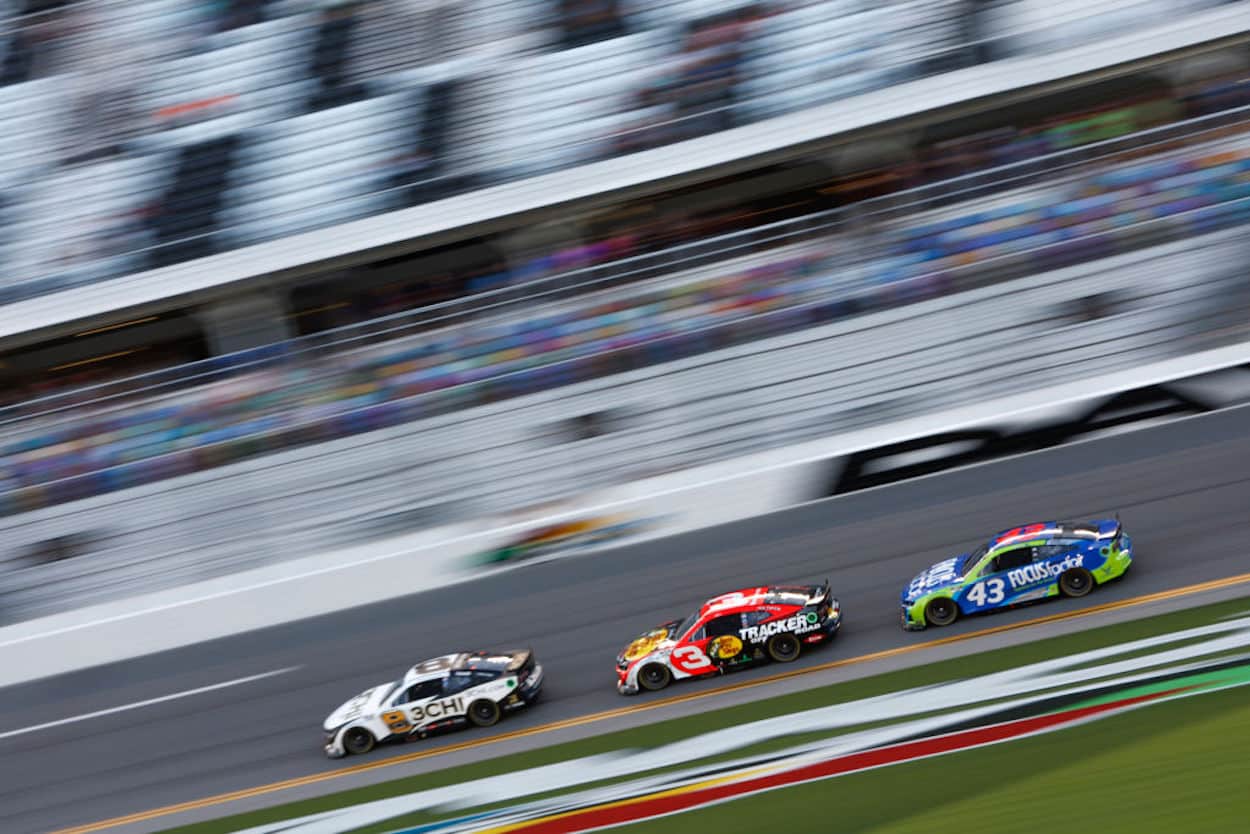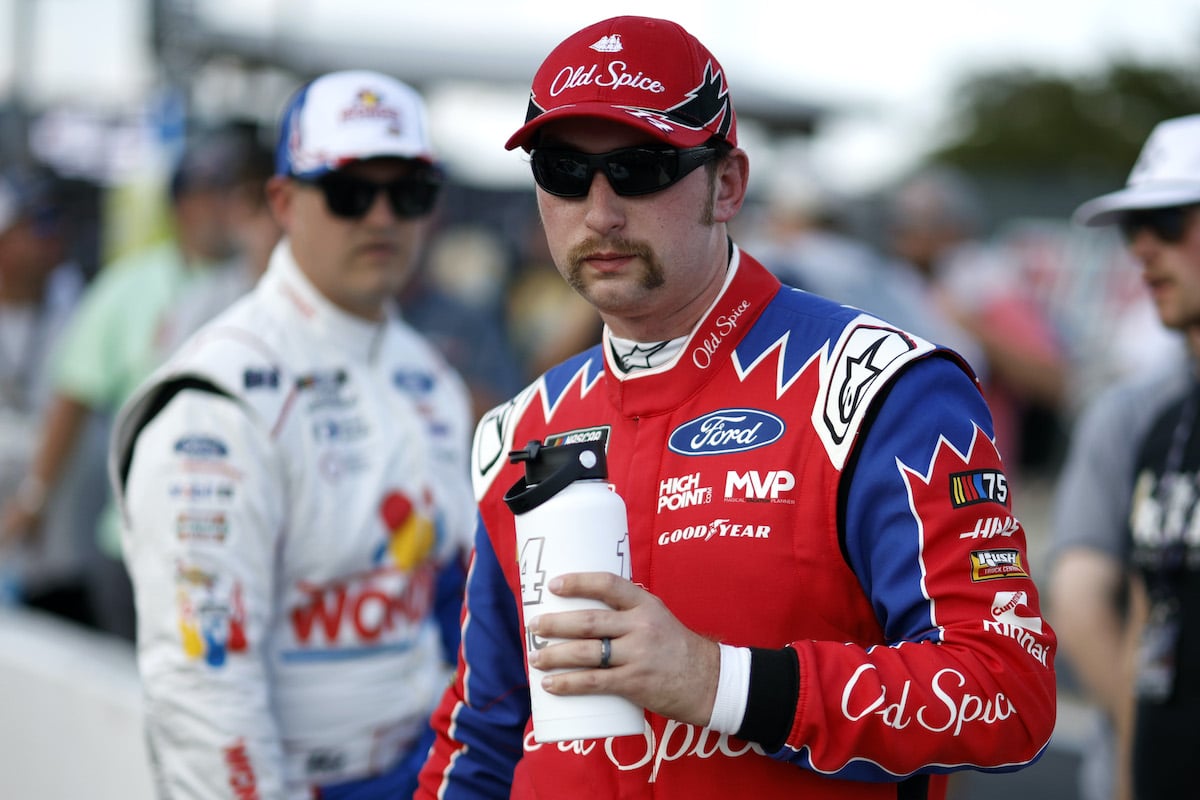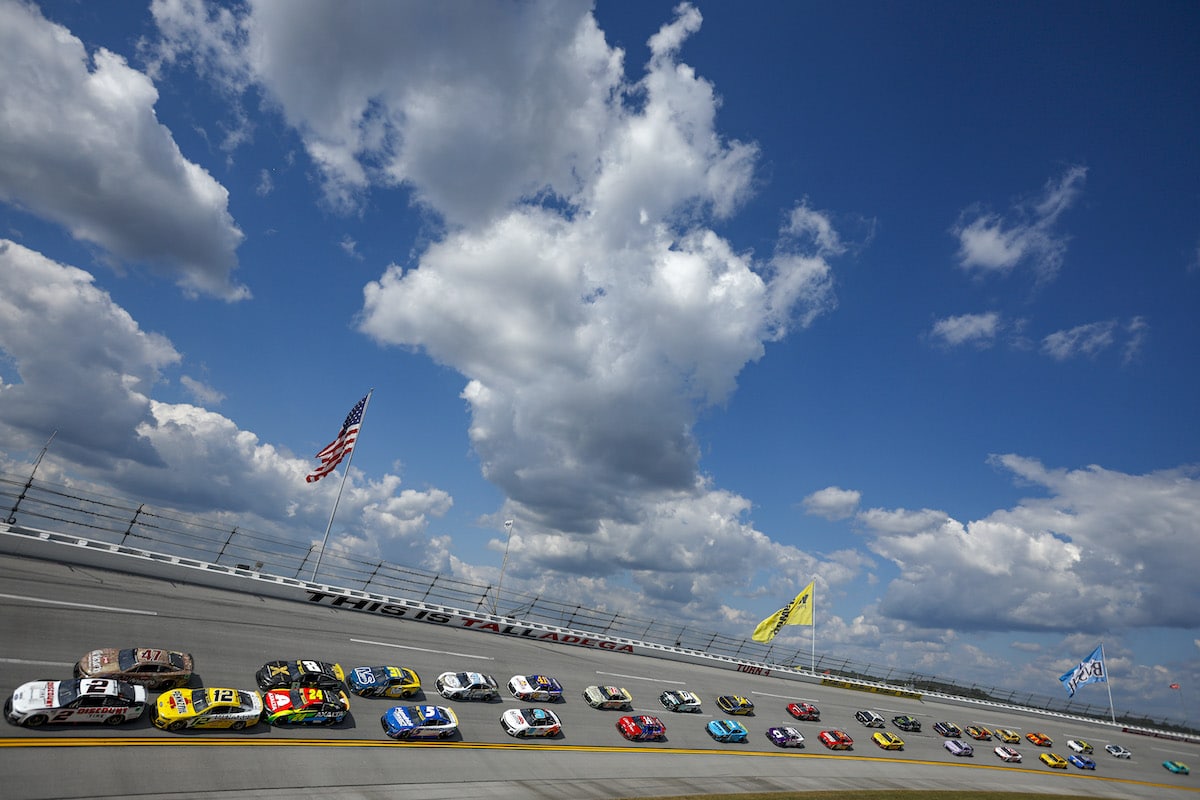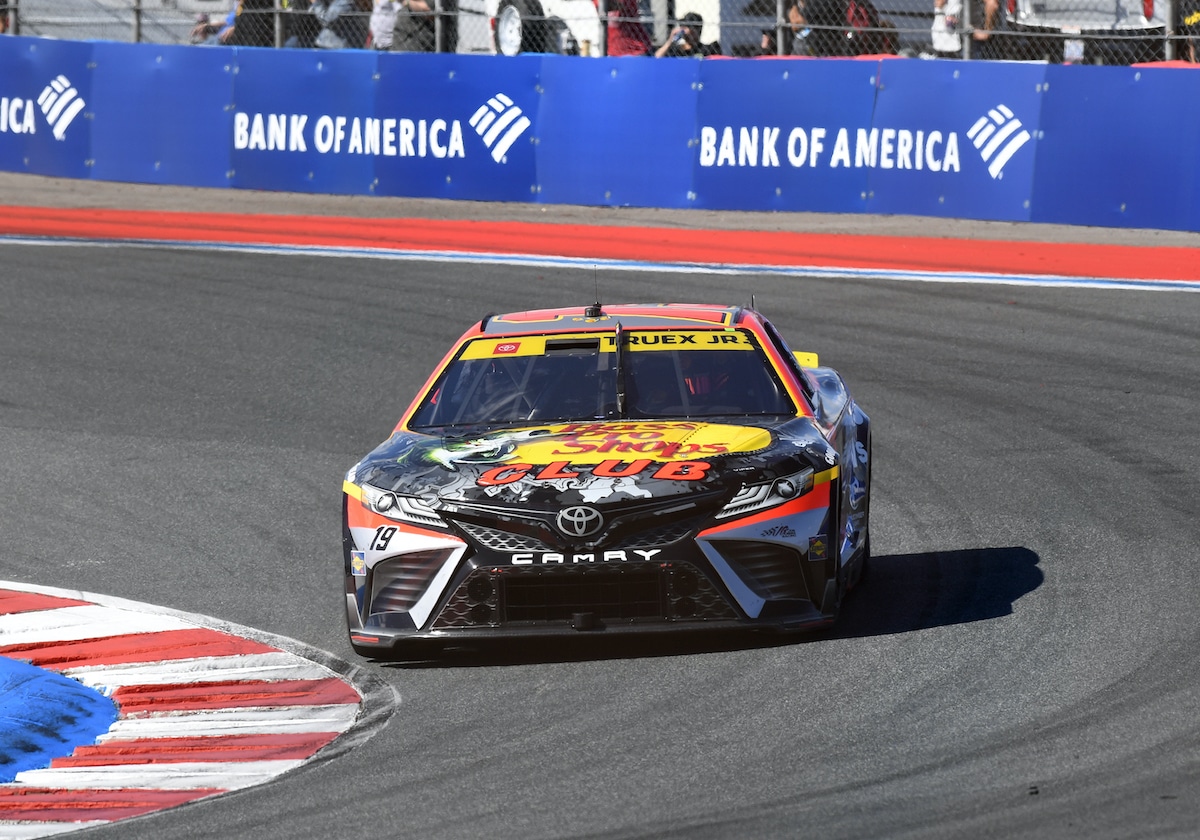
NASCAR’s 3 Most Cringe-Worthy Decisions (or Non-Decisions) of 2022
NASCAR officials and executives are just like everyone else: They’re human beings who don’t get everything right all the time and are therefore prone to making mistakes both big and small.
While NASCAR certainly made some good decisions in 2022, other actions by the sanctioning body made one scratch their head and wonder how this was really happening.
In the next few minutes, we’ll look at three situations where NASCAR completely dropped the ball this past season — and how these errors in judgment put a stain on what in many ways was one of the best seasons in the history of the sport.
NASCAR failed to act quickly enough on safety concerns related to the Next Gen car
NASCAR laid hands-down its biggest egg of 2022 by dragging its proverbial feet on addressing safety issues connected to the Next Generation Cup Series car that debuted at the beginning of the season.
As a result of NASCAR’s slowness to react, three drivers — Kurt Busch, Alex Bowman and Cody Ware — suffered injuries that might have been prevented with swifter decision-making on the part of the sanctioning body.
Two of those injuries were concussions experienced by Busch and Bowman after each of the two drivers backed into the wall at a high rate of speed, ultimately forcing them to miss multiple races as concussion-like symptoms lingered.
After sitting out five weeks, Bowman was thankfully able to return for the season finale at Phoenix, but Busch wasn’t so fortunate; the 2004 Cup Series champion missed the final 16 races of the season and in mid-October announced his retirement from full-time racing due to persistent effects of the concussion he suffered in a qualifying crash at Pocono in July.
But despite losing two of its most well-known drivers to injury and facing mounting criticism about driver safety from Denny Hamlin, Kevin Harvick and others, NASCAR sat on its hands and did nothing tangible to address the concerns until conducting a crash test at an undisclosed Ohio location the first week of October. NASCAR then called a closed-door meeting of all Cup Series drivers a few days later to reveal its findings from the crash test and discuss some offseason changes to the design of the bumper on the Next Gen car, with the goal of making drivers less prone to concussions from rear-end impacts.
By the time NASCAR announced this plan, however, multiple drivers had already suffered injuries that may have been averted if the sanctioning body had simply moved faster or been more thorough in its initial testing of the Next Generation car.
NASCAR blew it big time at the end of the All-Star Race
For the second year in a row, the All-Star Race at Texas Motor Speedway was a real snoozer of a contest as drivers struggled to pass and the field spent most of the event very spread out, creating a very lackluster on-track product that virtually no one watching on TV or in the stands could enjoy.
However, unlike in 2021, NASCAR took liberties to spice up the show a bit by throwing an unnecessary caution flag just a second before Ryan Blaney crossed the finish line to take the checkered flag and the victory. Thinking that the race had ended, Blaney dropped his window net — only to be informed by his crew moments later that race was under caution and that a green-white-checkered finish was forthcoming.
Not wanting to surrender the lead to come to pit road and have his pit crew put his window net back up, Blaney opted to reattach the window net himself — all while driving around the track under caution. With the window net barely hanging on and not properly fastened despite Blaney’s efforts, the Team Penske driver could’ve been seriously injured had he been involved in an accident when the race restarted.
But, thankfully, Blaney managed to hang on for the win without incident, and NASCAR avoided the inevitable public relations disaster that would’ve ensued if things had gone terribly wrong for the race leader.
For the record, NASCAR spokesman Scott Miller actually admitted after the race that NASCAR threw the final caution flag in haste. Translation: The sanctioning body was trying to manufacture a close finish on a night when the racing had been downright woeful. Talk about a bad look for the sport. It doesn’t get much worse than this.
NASCAR was way too slow to wave the caution flag when rain was falling at Daytona in August
Almost as egregious as NASCAR’s decision to throw a caution flag on the last scheduled lap of the All-Star Race was its decision to not to wave the yellow when rain began pelting the track during the Cup Series’ regular season finale at Daytona.
By the time NASCAR finally displayed the caution flag at Daytona, rain had been falling for more than 30 seconds, which led to a huge multi-car crash set in motion when numerous cars lost traction at roughly the same time because of the wet racing surface.
Thanks to NASCAR waiting too long to wave the caution flag, a number of drivers who had cars capable of challenging for the win saw their day end prematurely.
Like the situation at Texas earlier in the season, what happened at Daytona in late August wasn’t a good look for the sport, but unlike at Texas — where no one ultimately suffered because of NASCAR’s poor decision-making — the failure to act at Daytona cost a lot of teams of lot of money to repair race cars that might have otherwise made it to the checkered flag unscathed.


